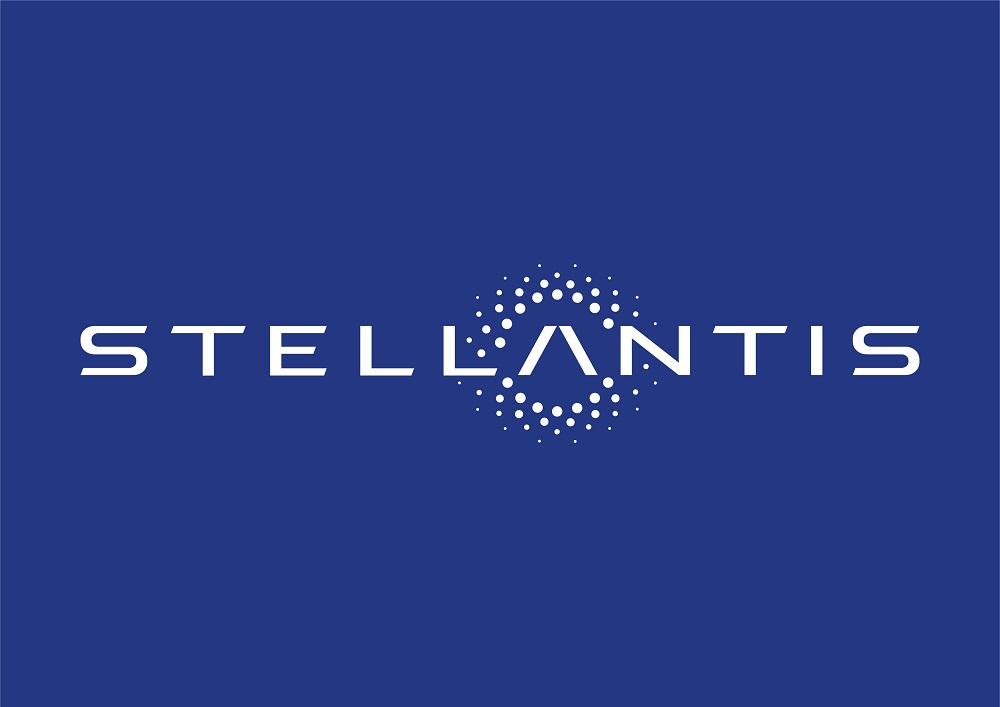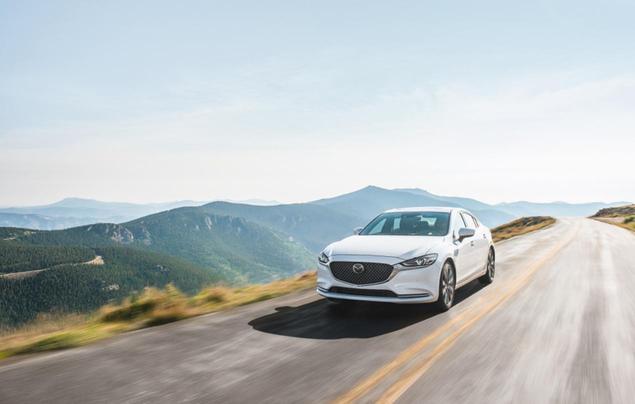Stellantis strengthens electrification
Stellantis announced its fleet's electrification strategy and partnerships and joint ventures to provide technologies that will help the company achieve sustainable growth and profitability.
“The customer is always at the heart of Stellantis and our commitment with this €30 billion plus investment plan is to offer iconic vehicles that have the performance, capability, style, comfort and electric range that fit seamlessly into their daily lives,” said Carlos Tavares, chief executive officer, Stellantis. “The strategy we laid out today focuses the right amount of investment on the right technology to reach the market at the right time, ensuring that Stellantis powers the freedom of movement in the most efficient, affordable and sustainable way.”
Stellantis intends to become the market leader in low-emission vehicles (LEVs). Through 2030, Stellantis’ LEV mix for passenger cars in Europe is targeted to steadily grow to over 70 per cent – 10 percentage points ahead of current industry assumptions for overall market mix. In the U.S., Stellantis’ LEV mix for passenger cars and light-duty trucks is expected to be more than 40 per cent by 2030.

To execute this strategy, Stellantis plans to invest more than €30 billion through 2025 in electrification and software development, including equity investments made in joint ventures to fund their activities, while targeting to continue to be 30 per cent more efficient than the industry with respect to total Capex and R&D spend versus revenues.
The company remains committed to growing its commercial vehicle leadership in Europe and strengthening its position in North America while aiming to be the global leader in e-commercial vehicles. Leveraging knowledge and embracing synergies, the commercial vehicle electrification rollout will extend to all products and all regions over the next three years, including the delivery of hydrogen fuel cell medium vans by the end of 2021.
The Stellantis electrification roadmap encompasses the entire value chain. The company’s EV battery sourcing strategy is to secure more than 130 gigawatt hours (GWh) of capacity by 2025 and more than 260 GWh by 2030. The EV battery and component needs will be met with a total of five “gigafactories” in Europe and North America, completed with additional supply contracts and partnerships to support total demand.
Stellantis has signed memorandums of understanding (MOUs) with two lithium geothermal brine process partners in North America and Europe to ensure a sustainable supply of lithium, identified as the most critical battery raw material with regard to availability, as well as have the ability to integrate lithium into the supply chain once available.
In addition to sourcing strategies, Stellantis’ technical expertise and manufacturing synergies will drive battery costs lower. Electric vehicle battery pack costs are targeted to be reduced by more than 40 per cent from 2020 to 2024 and by more than an additional 20 per cent by 2030. All aspects of the battery pack play a role in reducing the costs – optimizing the overall pack, simplifying the format of the modules, increasing the size of the battery cells and upgrading the battery chemistry.
The company intends to maximize the full value and recycling of the battery life cycle through maintenance, remanufacturing, and secondary use, and to ensure a sustainable system that prioritizes customer needs and environmental issues.
-
Latest
 Very bad, absolutely terrible winter maintenance tips
Very bad, absolutely terrible winter maintenance tipsRecently, we detailed some of the best winter maintenance tips for your vehicle. It is good to know how to prepare before the cold season. Preparing for winter will not only keep your car in top condi...
-
Next
 2020 Mazda6: A comprehensive understanding of pricing and trim levels
2020 Mazda6: A comprehensive understanding of pricing and trim levelsThe starting manufacturer's suggested retail price of 2020 Mazda6 is slightly less than US$25,000.A turbo engine joins the lineup along with new tech features.Here is what to expect if you are shoppin...
Popular Articles
- The Canadian government invests in the first Canadian-made electric car
- Stellantis strengthens electrification
- 2022 Ford Maverick debuts
- The Canadian government requires 100% of Canadian car and bus sales to achieve zero emissions by 2035
- Extend electric car rebates to businesses and non-profit organizations BC
- New general manager of ADESA offices in the U.S. and Canada
